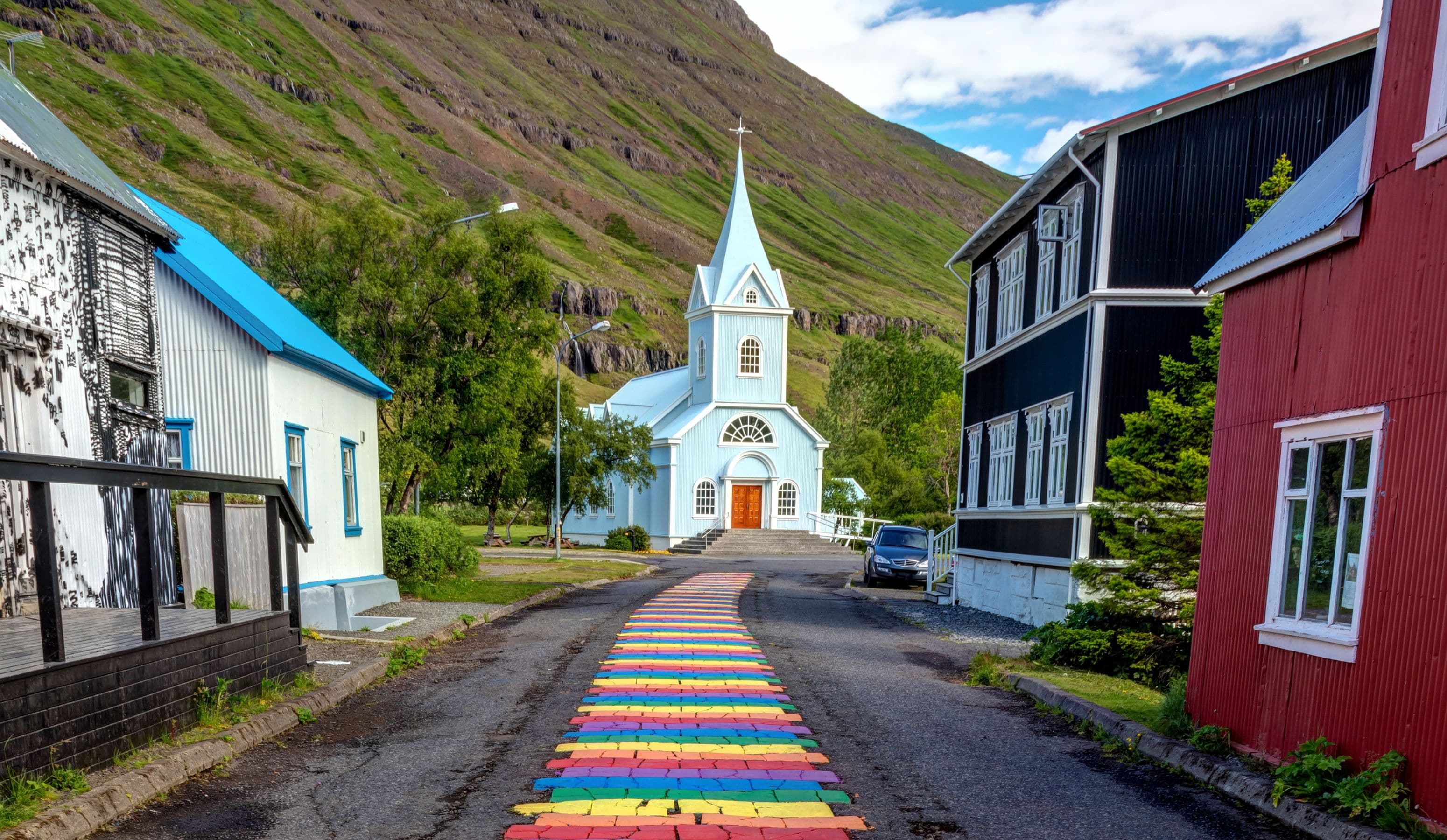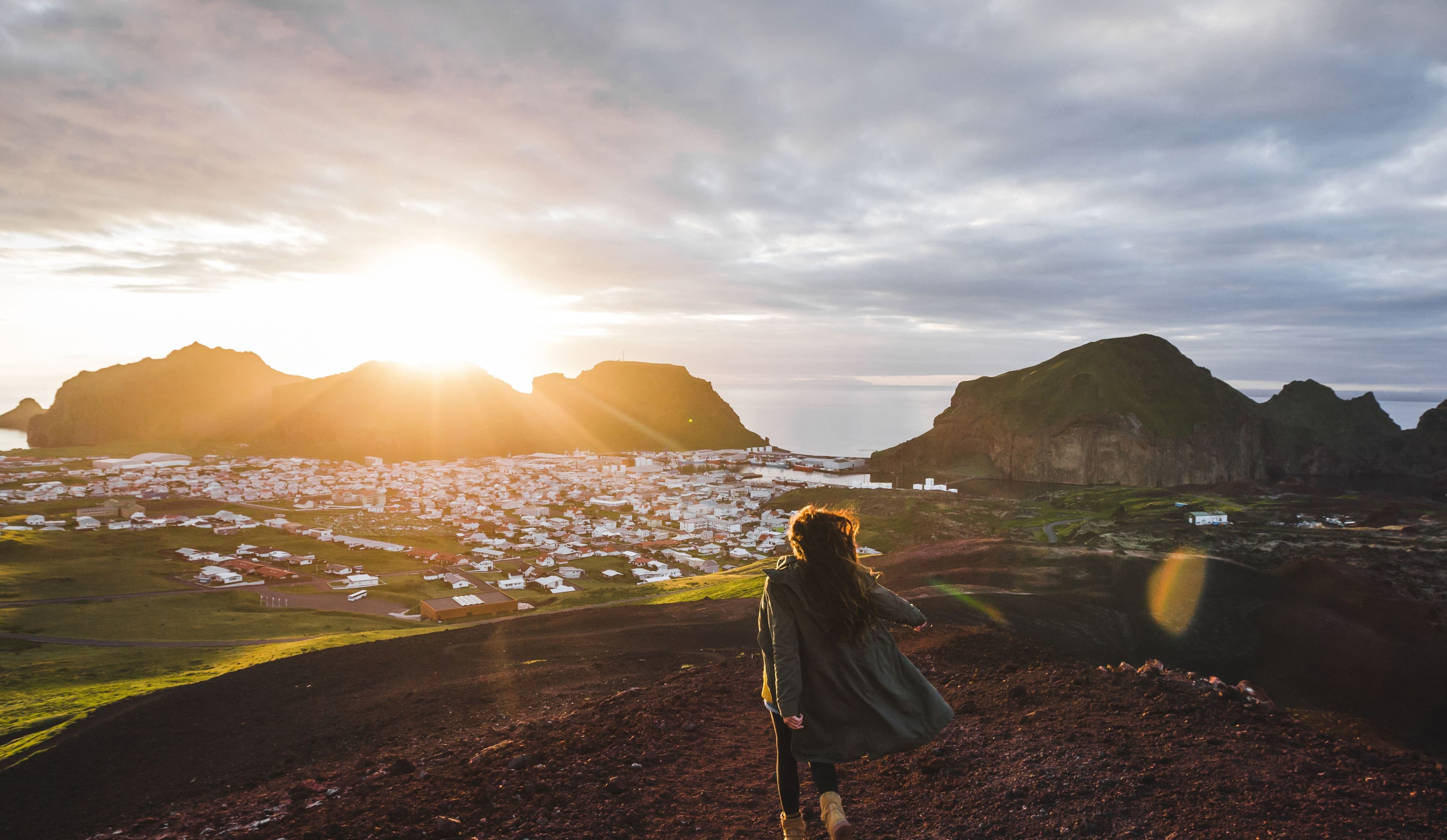
Activities
Discovering the Westman Islands: A Journey Through Time and Nature
The Westman Islands, or Vestmannaeyjar, is a captivating archipelago off the southern coast of Iceland, known for its stunning natural beauty, rich history, and vibrant wildlife.
This hidden gem of Icelandic travel offers a unique blend of adventure, culture, and history. In this comprehensive guide, we'll explore the wonders of the Westman Islands, including the transformative eruption of 1973, and highlight some of the must-visit spots, including Eldfell, the Eldheimar Museum, the Puffin Observation House, and more.
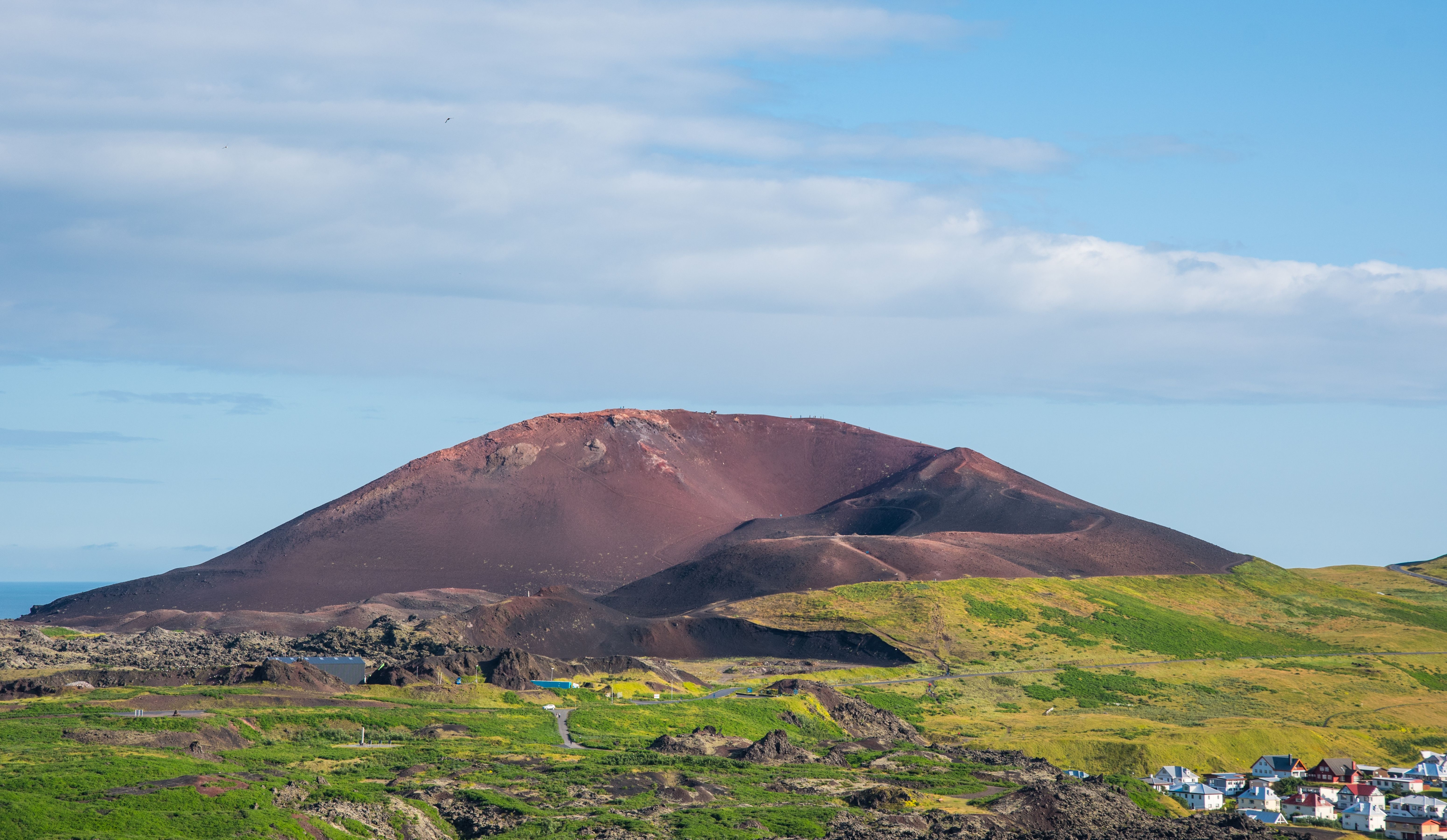
The 1973 Eruption: A Catastrophic Transformation
On January 23, 1973, the island of Heimaey, the largest of the Westman Islands, was forever changed. In the early hours of the morning, a volcanic fissure erupted, spewing lava and ash into the air. The eruption of Eldfell, a newly formed volcanic cone, led to the evacuation of the island's 5,300 inhabitants, who were swiftly transported to the mainland by fishing boats and the Herjólfur ferry.
The eruption lasted for six months, covering the town in ash and lava, destroying homes, and creating a dramatic new landscape. The lava flow threatened to block the island's vital harbor, a lifeline for its fishing industry. Ingeniously, the islanders and rescuers pumped seawater onto the advancing lava to slow its progress, saving the harbor from complete closure. The eruption added over 2 square kilometers to the island's area and raised the height of Eldfell to 200 meters.
Despite the destruction, the eruption fostered a strong sense of community and resilience among the islanders. Many returned to rebuild their homes and lives, and today, the story of the eruption and the islanders' perseverance is immortalized in the Eldheimar Museum.
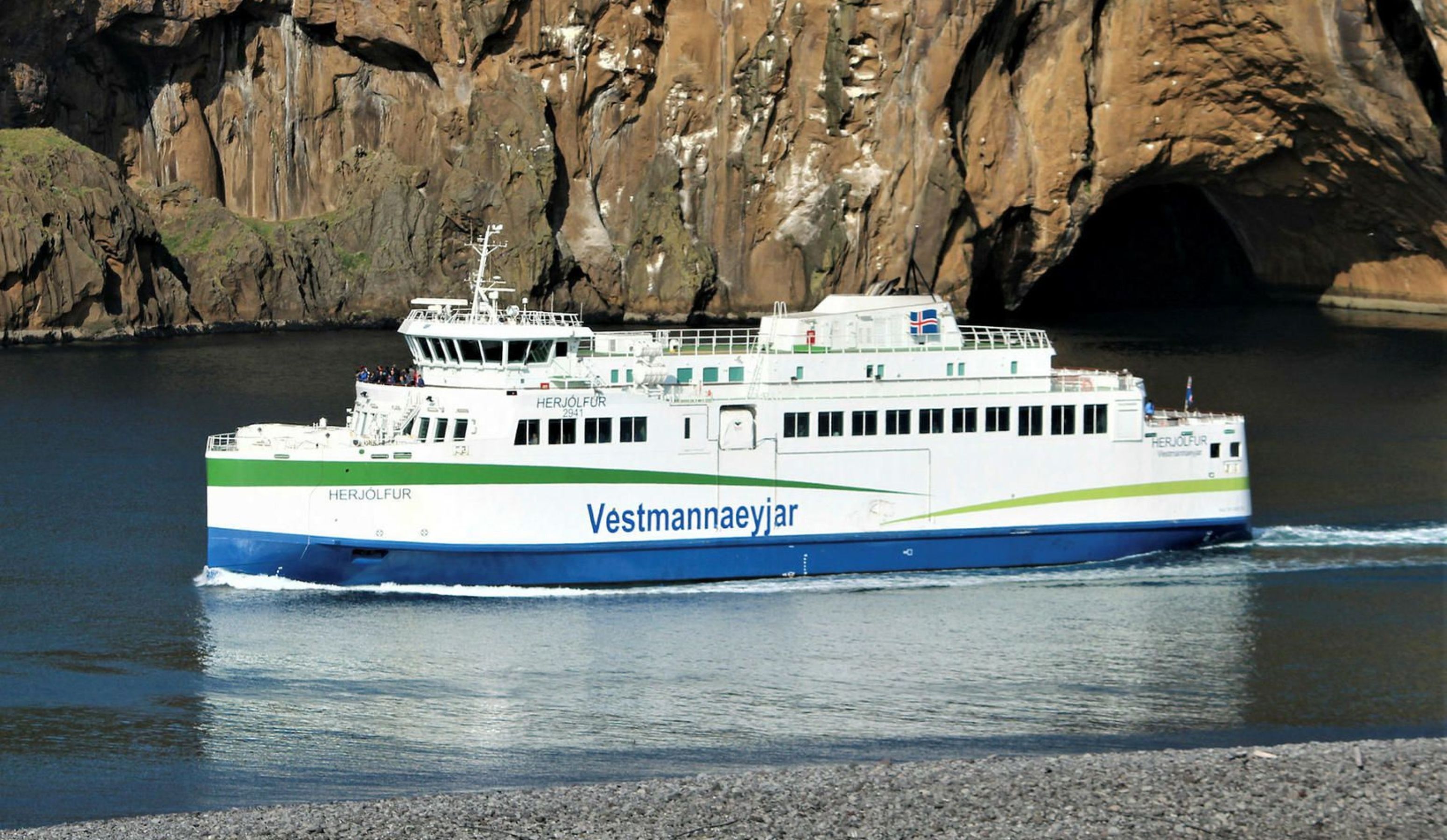
The Ferry Ride to the Westman Islands
The adventure to the Westman Islands begins with a scenic ferry ride from the mainland. The ferry, Herjólfur, departs from Landeyjahöfn harbor, offering breathtaking views of the rugged coastline and the dramatic volcanic landscape. The 35-minute journey provides an excellent opportunity to spot seabirds, including puffins, and sometimes even whales. As you approach Heimaey, the sight of the towering cliffs and the vibrant green hills creates a sense of anticipation for the wonders that await.
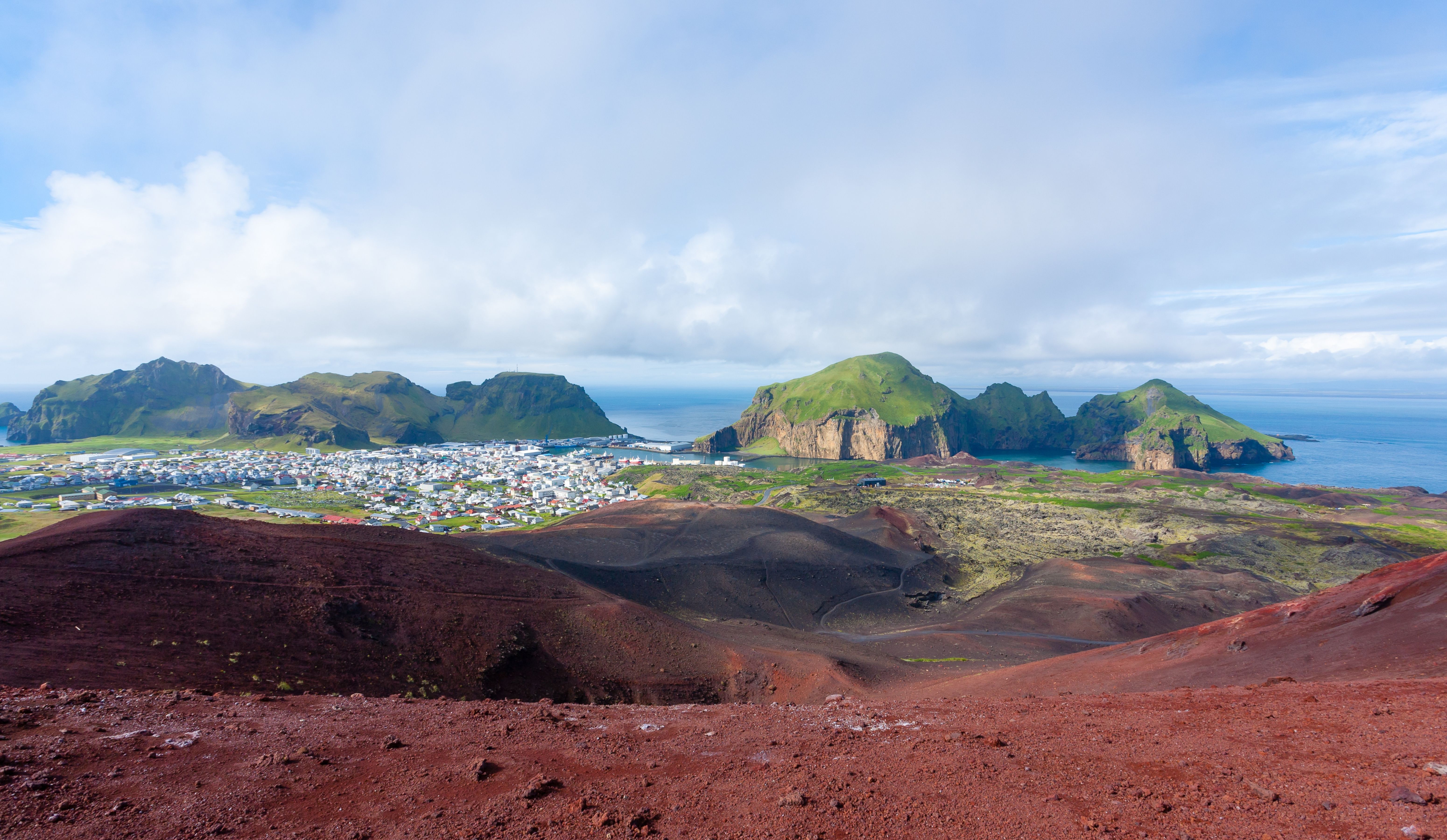
Hiking Eldfell: A Journey to the Heart of the Volcano
One of the most iconic activities on Heimaey is hiking up Eldfell, the volcano that erupted in 1973. The hike to the summit of Eldfell is relatively short but steep, taking about an hour to reach the top. As you ascend, the landscape changes from lush greenery to volcanic ash and lava fields. The views from the summit are spectacular, offering a panoramic vista of the island, the surrounding ocean, and the other Westman Islands.
Standing at the top of Eldfell, it's hard to imagine the chaos and destruction that unfolded here just a few decades ago. The crater is still warm in places, a reminder of the island's volatile geology. The hike is a poignant experience, blending natural beauty with the island's tumultuous history.

Eldheimar Museum: A Glimpse into the Past
The Eldheimar Museum is a must-visit for anyone interested in the history of the Westman Islands. This modern museum is dedicated to the 1973 eruption and its impact on the island and its inhabitants. The museum is built around a preserved house that was buried under lava and ash, offering a unique and intimate glimpse into life before the eruption.
Interactive exhibits and multimedia presentations provide a detailed account of the eruption, the evacuation, and the rebuilding process. Personal stories, photographs, and artifacts bring the events to life, making it a deeply moving experience. The Eldheimar Museum not only tells the story of destruction but also of resilience and rebirth, showcasing the indomitable spirit of the Westman Islanders.
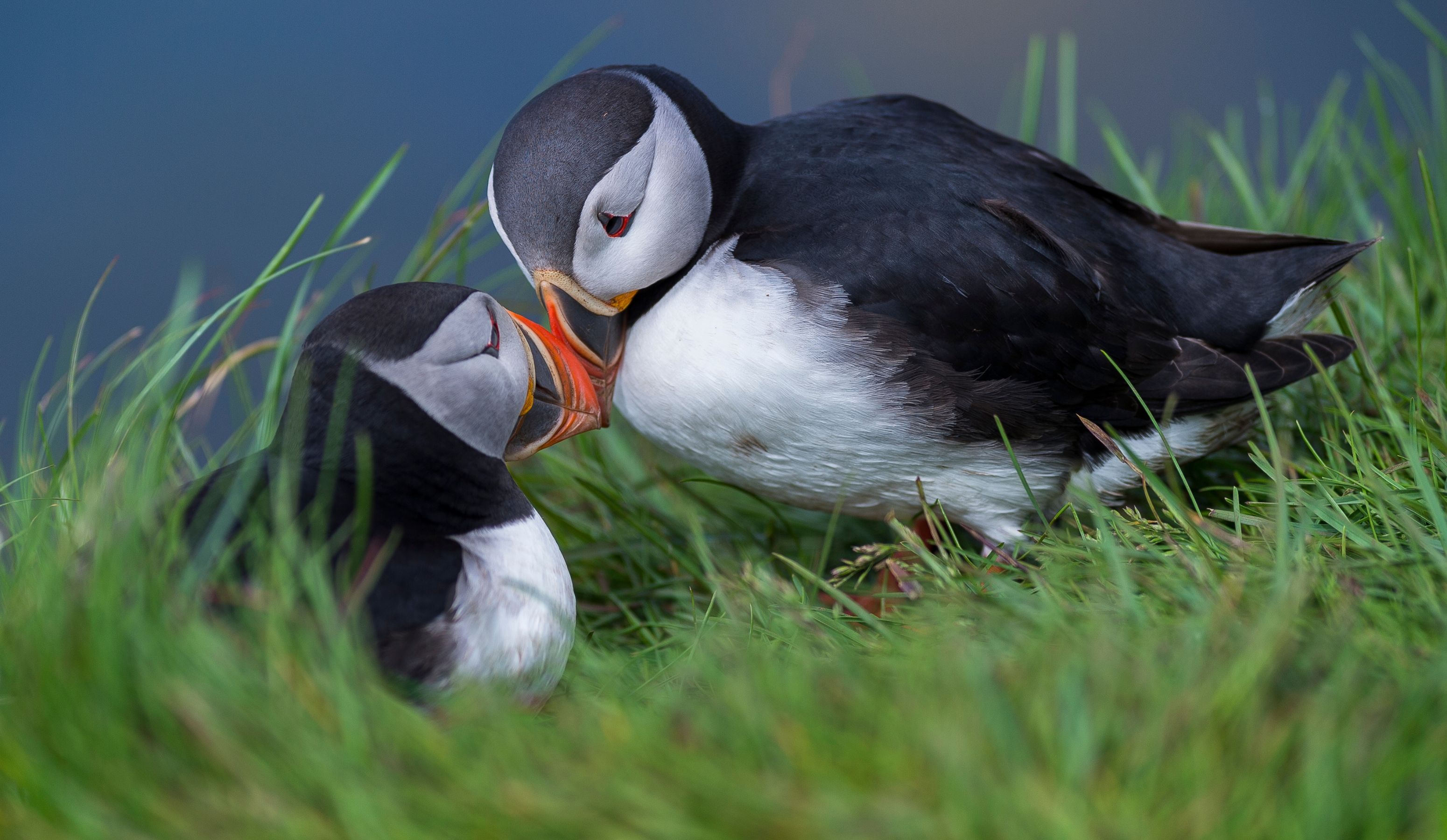
Puffin Observation House: Witnessing Nature's Wonders
The Westman Islands are home to one of the largest puffin colonies in the world, and the Puffin Observation House offers a fantastic opportunity to see these charming birds up close. Located on the cliffs of Heimaey, the observation house provides a safe and unobtrusive way to watch puffins in their natural habitat.
During the summer months, thousands of puffins return to the island to nest and raise their young. The sight of these colorful birds with their distinctive beaks and clumsy flight is a delight for visitors of all ages. Knowledgeable guides are on hand to provide information about the puffins and their conservation, making it an educational and enjoyable experience.
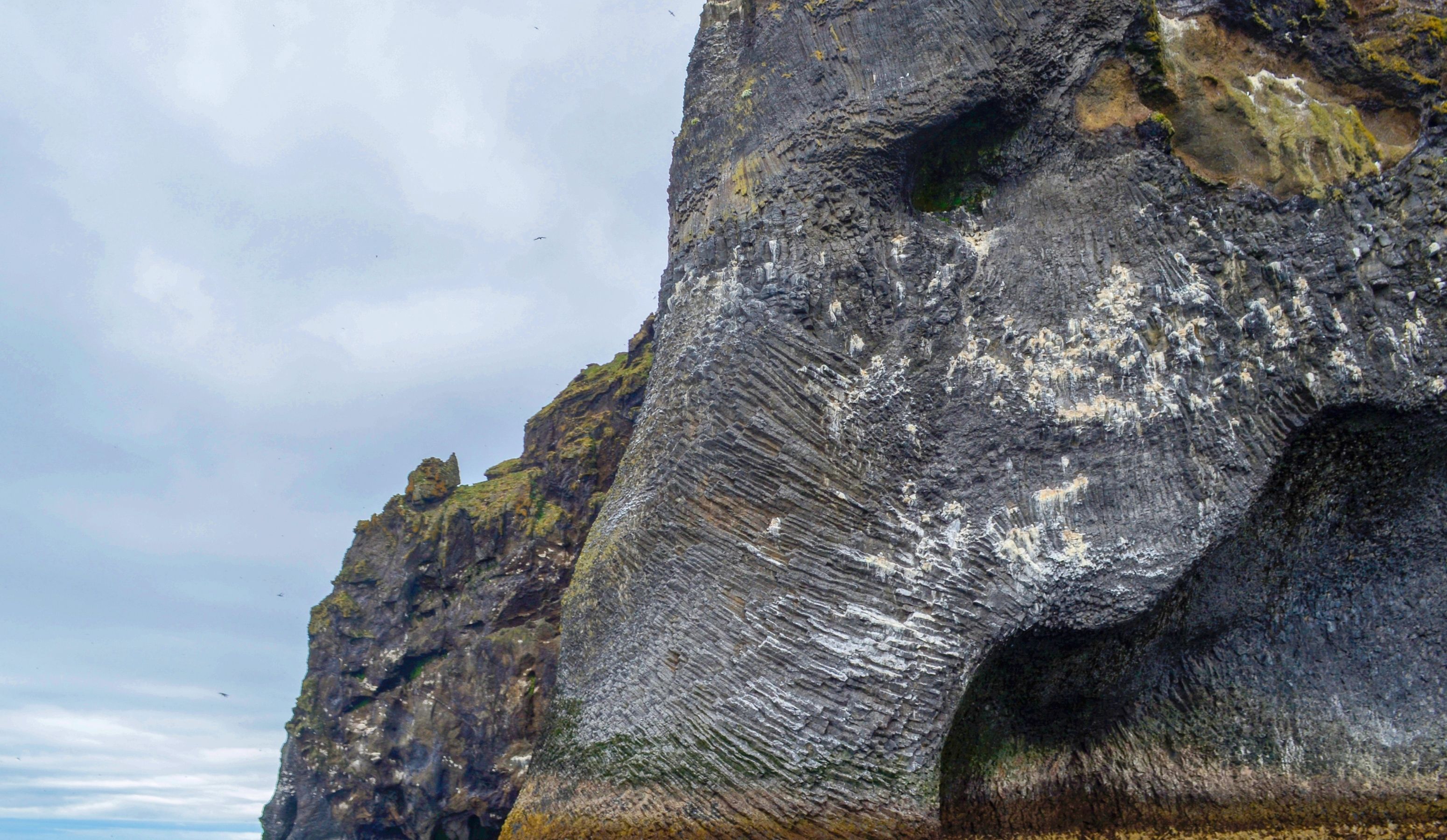
Elephant Rock: Nature's Sculpture
One of the most photographed natural landmarks on Heimaey is Elephant Rock, a massive rock formation that remarkably resembles an elephant's head and trunk. Located on the southern coast of the island, this natural sculpture is the result of volcanic activity and erosion.
Elephant Rock is best viewed from the sea, and several boat tours offer trips around the island, providing excellent photo opportunities and a chance to see other coastal features and marine life. The rock formation is a testament to the island's volcanic origins and the power of nature to create art from destruction.
The Rainbow Stairs: A Splash of Color
Adding a vibrant touch to the island's landscape are the Rainbow Stairs, a set of colorful steps located in the heart of Heimaey town. Painted in bright, cheerful hues, the stairs have become a popular spot for photos and a symbol of the community's creativity and resilience.
The Rainbow Stairs lead up to a viewpoint that offers panoramic views of the town, the harbor, and the surrounding landscape. It's a great spot to pause and take in the beauty of the island while appreciating the artistic spirit of its inhabitants.
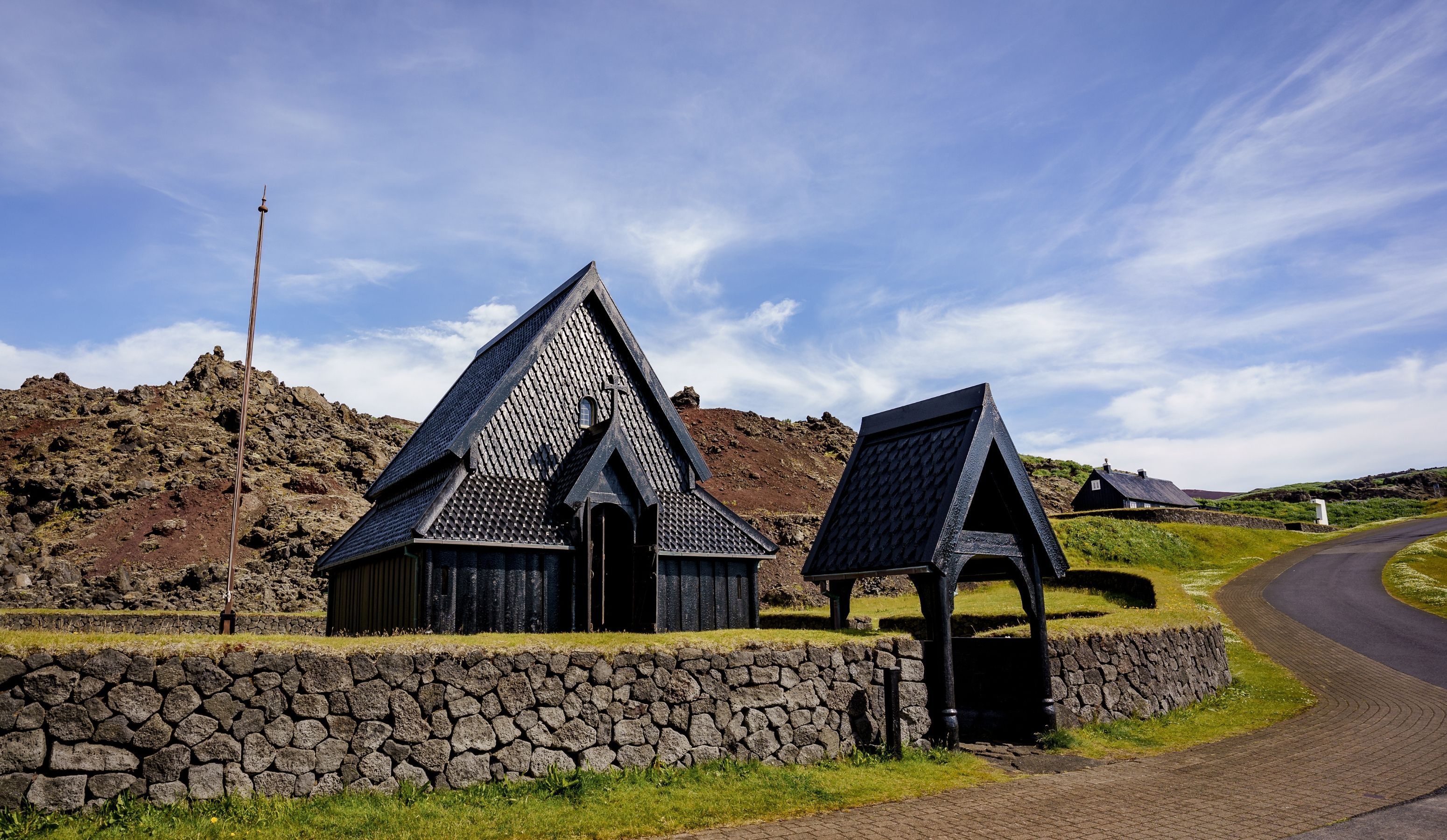
Skansinn Area and Stafkirkjan – Stave Church: A Blend of History and Culture
The Skansinn area, located near the harbor, is a historic site that includes the ruins of old fortifications and the beautiful Stafkirkjan, a Norwegian-style stave church. The church was a gift from Norway to Iceland in 2000 to commemorate the millennium of Christianity in Iceland.
Stafkirkjan is a stunning example of traditional Nordic architecture, with intricate wood carvings and a serene atmosphere. The surrounding Skansinn area includes a replica of a Viking longhouse and the remains of the old fort, providing a glimpse into the island's rich history. It's a peaceful and picturesque spot, perfect for a leisurely stroll and reflection.

Sea Life Trust Beluga Sanctuary and Puffin Rescue Center: Conservation in Action
The Sea Life Trust Beluga Sanctuary and Puffin Rescue Center is a unique facility dedicated to marine conservation and wildlife rescue. The sanctuary is home to two beluga whales, Little Grey and Little White, who were rescued from a Chinese aquarium and now live in a large, natural sea pen off the coast of Heimaey.
The Puffin Rescue Center works tirelessly to protect and rehabilitate puffins, particularly young pufflings that get disoriented by artificial lights and end up in the town. Visitors can learn about the conservation efforts, see the belugas in their natural environment, and even participate in puffin rescues during the summer months. It's a heartwarming and educational experience that highlights the importance of protecting our marine life.
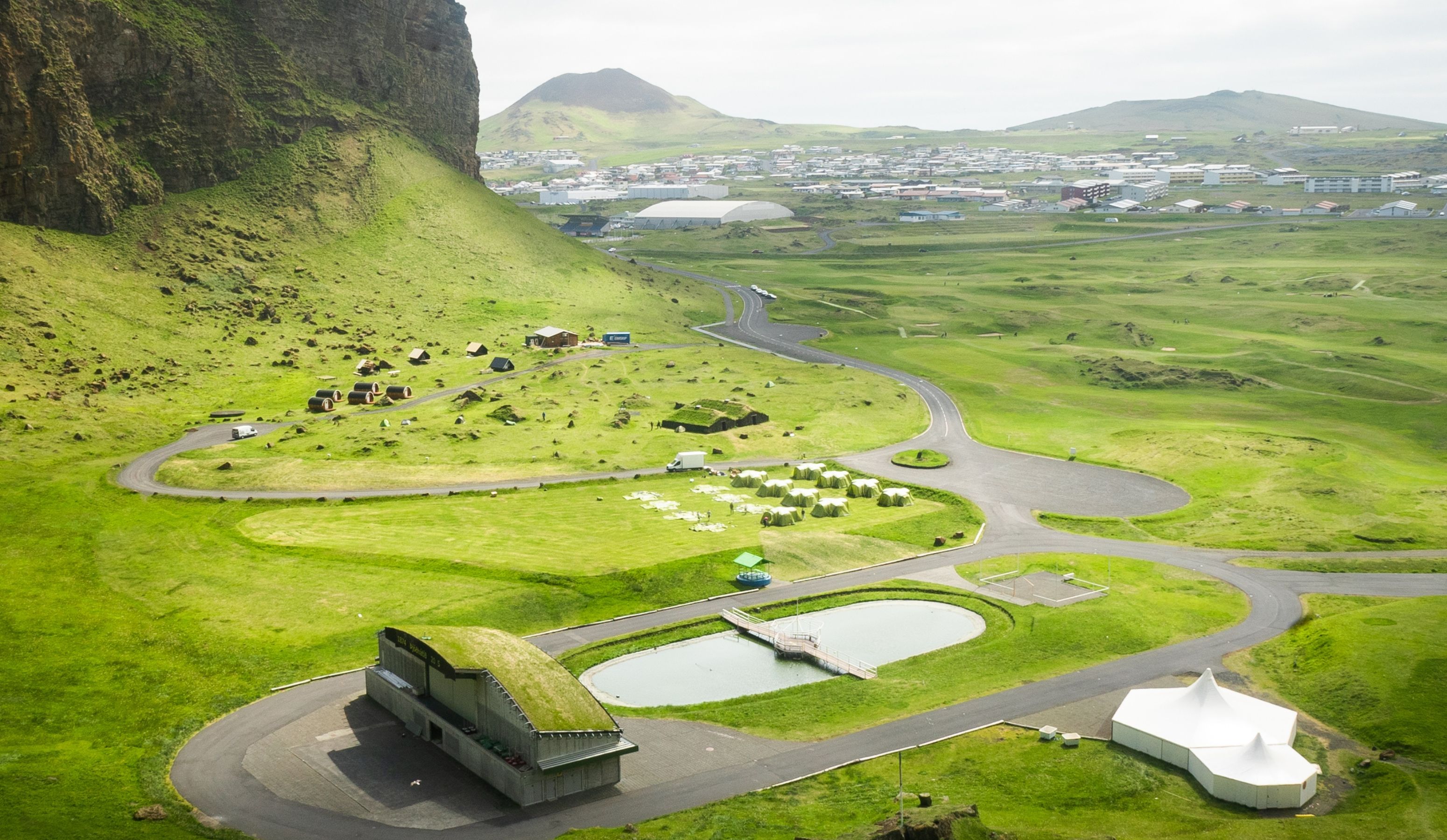
Herjólfsdalur Valley: A Natural Amphitheater
Herjólfsdalur Valley is a stunning natural amphitheater on the western side of Heimaey. Surrounded by steep cliffs and lush greenery, the valley is a popular spot for outdoor concerts and events, including the annual Þjóðhátíð festival, one of Iceland's biggest and oldest music festivals.
The valley is also home to a reconstruction of a Viking Age farmstead, offering a glimpse into the island's early history. Visitors can explore the site, learn about Viking life, and enjoy the breathtaking scenery. Herjólfsdalur is a perfect spot for hiking, picnicking, and soaking in the natural beauty of the Westman Islands.

Herjólfstown: Tracing the Island's Roots
Herjólfstown, named after Herjólfur Bárðarson, one of the first settlers of the Westman Islands, is an archaeological site located near Herjólfsdalur Valley. Excavations have uncovered the remains of a Viking Age farmstead, believed to be the home of Herjólfur and his family.
The site provides a fascinating insight into the early settlement of the islands and the lifestyle of its inhabitants. Informative displays and guided tours offer a deeper understanding of the history and culture of the Westman Islands. Herjólfstown is a must-visit for history enthusiasts and anyone interested in the island's Viking heritage.
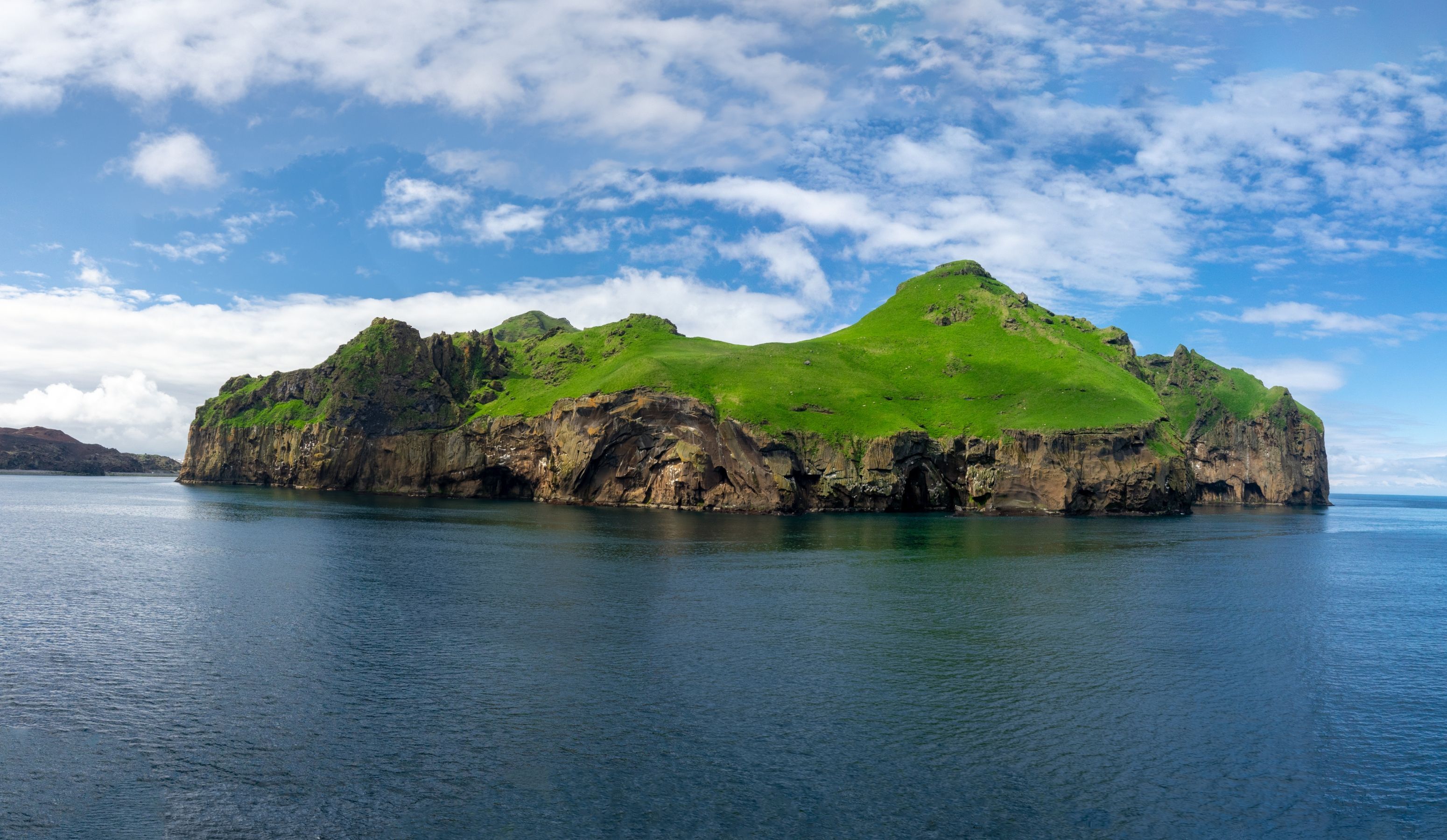
The Westman Islands offer a unique and unforgettable travel experience, blending natural beauty, rich history, and vibrant wildlife. From the dramatic landscape shaped by the 1973 eruption to the charming puffins and the majestic belugas, there is something for everyone on these captivating islands.
Whether you're hiking up Eldfell, exploring the Eldheimar Museum, or simply enjoying the scenic ferry ride, the Westman Islands will leave a lasting impression. The resilience and spirit of the islanders, coupled with the stunning natural scenery, make this a destination like no other.
POPULAR ACTIVITIESPowered by:

We recommend booking tours and activities with our friends at Reykjavík Tourist Info. They offer all the most popular things to do, and their prices are always great. Here are a few of our favorite tours.
On their site you can see everything they have to offer: www.RTI.is
EXPLORE FURTHER
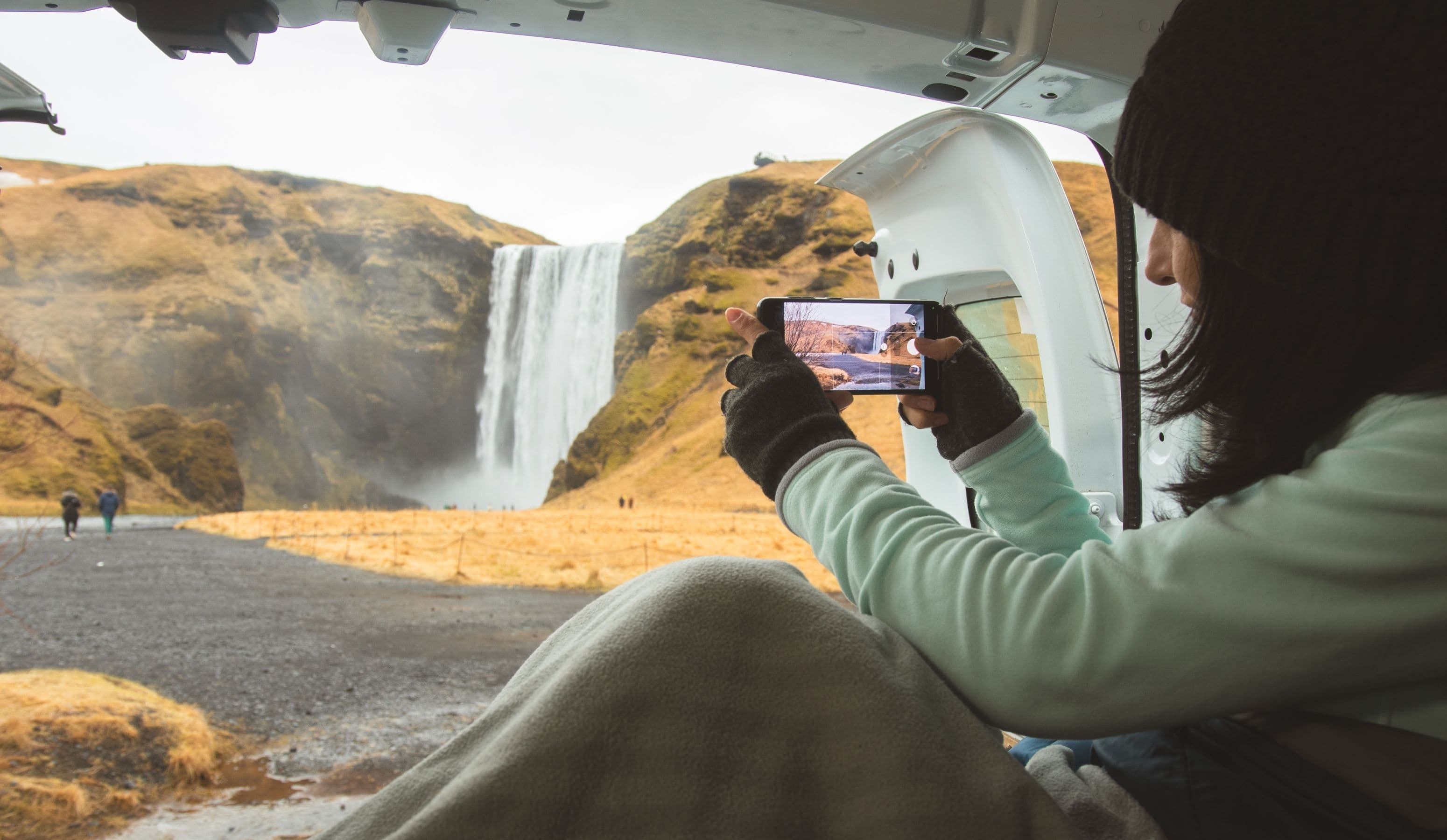
Top 14 Campsites in Iceland for an Unforgettable Camping Experience

The Skrimslis "Create Your Own Monster" Experience
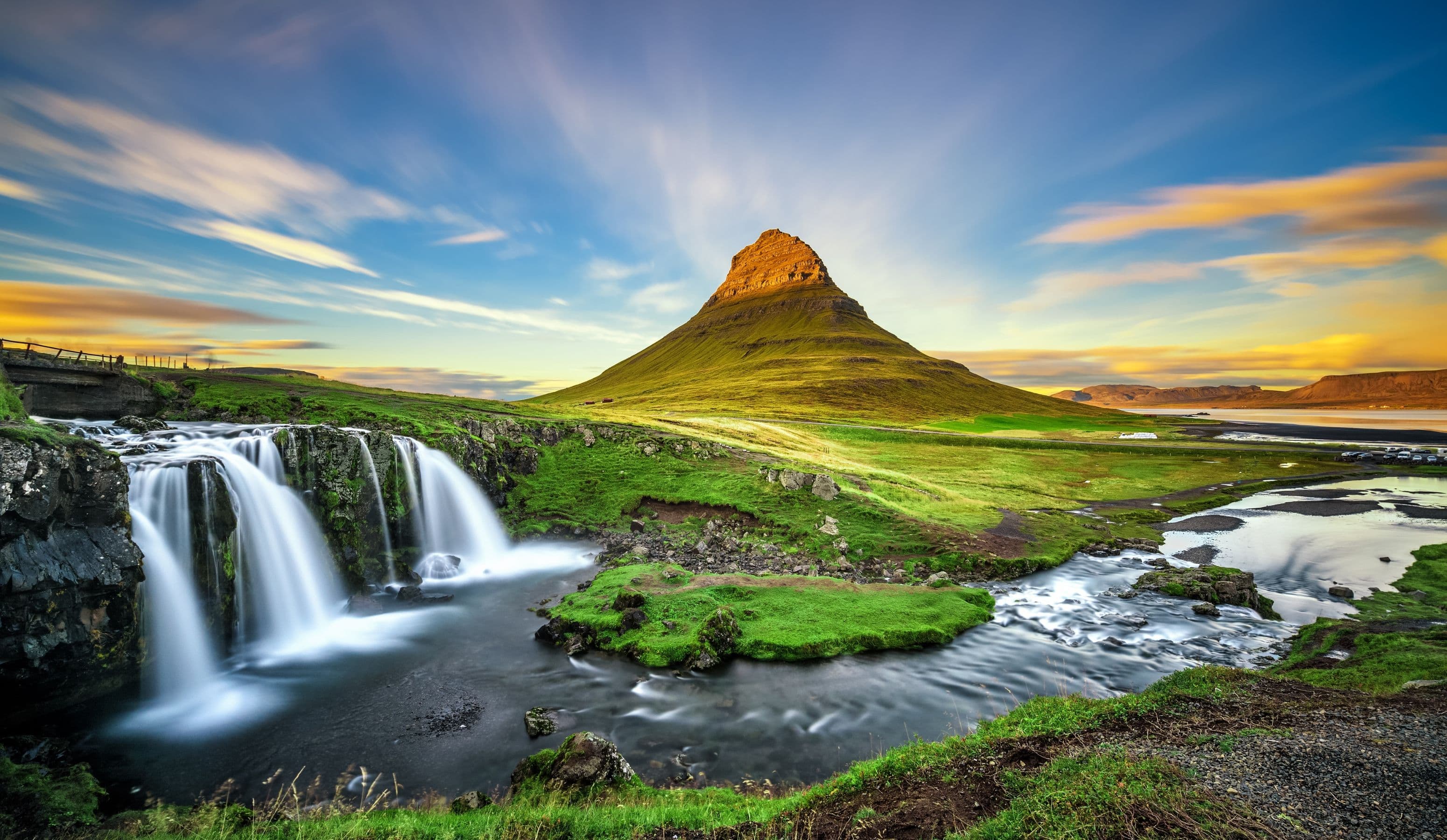
Visiting Iceland in August: A Comprehensive Travel Guide

50 Fun Facts About Iceland
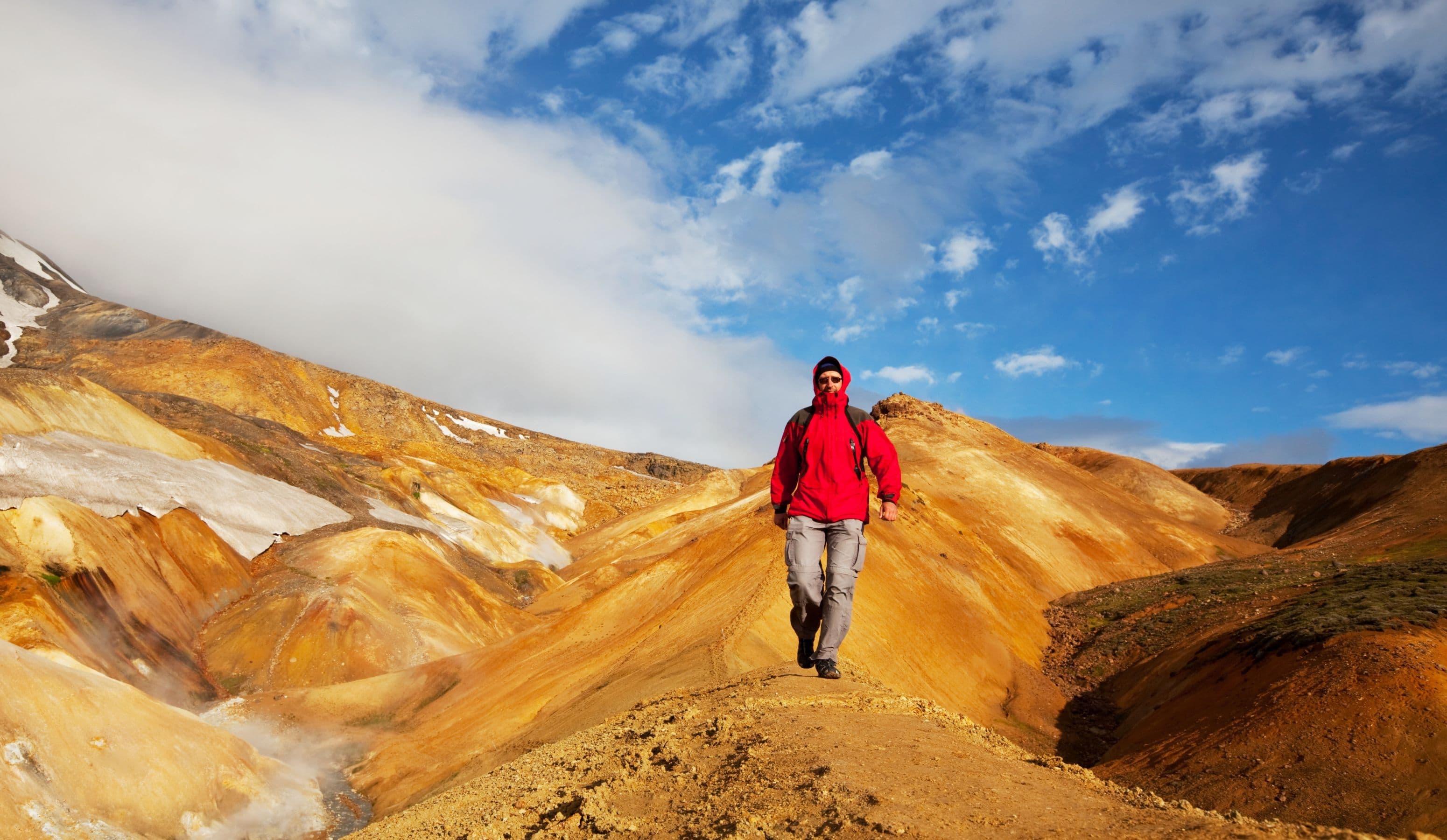
Exploring Iceland in July: A Comprehensive Travel Guide

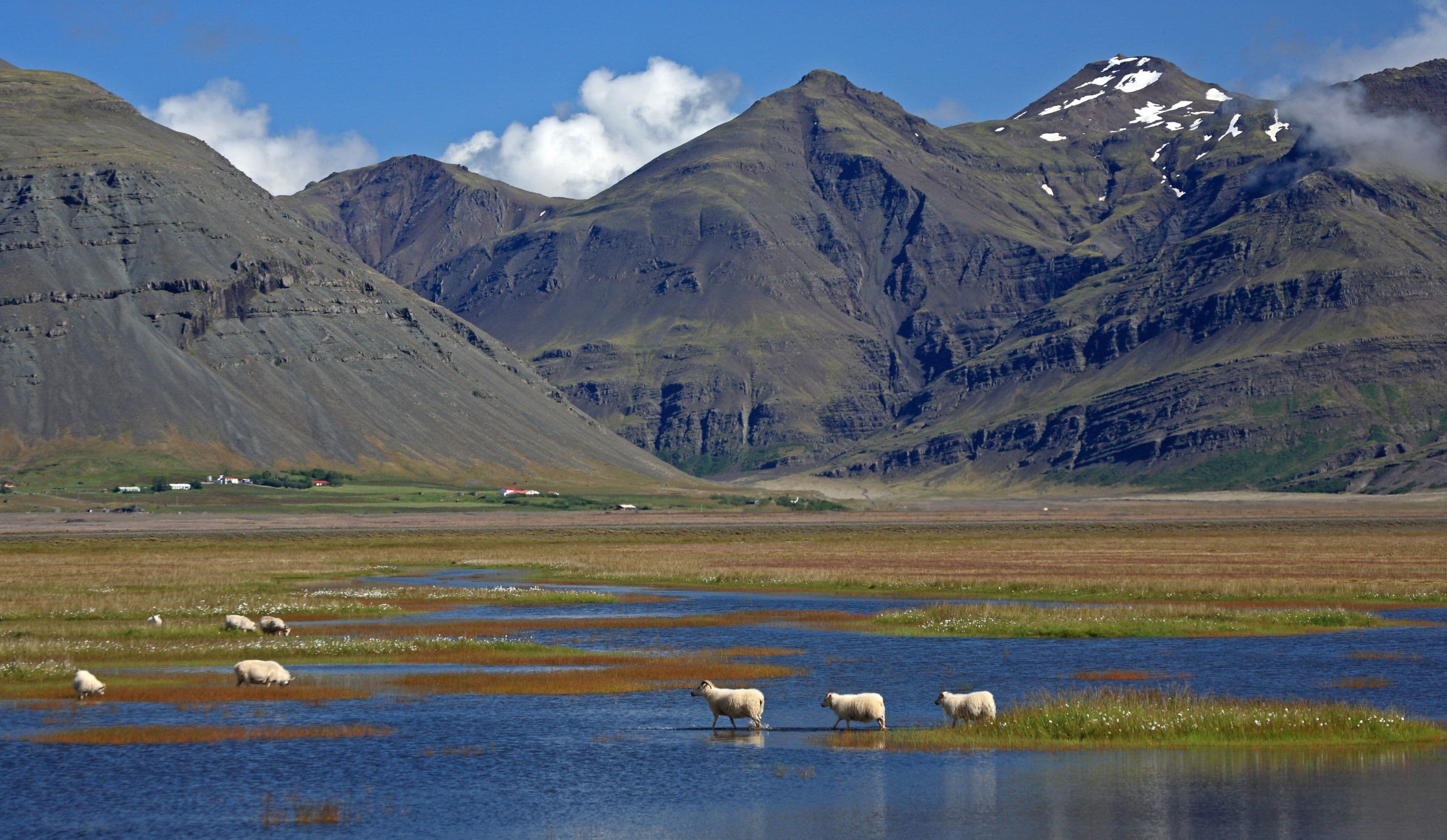
Réttir: Iceland's Annual Sheep Roundup – A Celebration of Tradition and Community

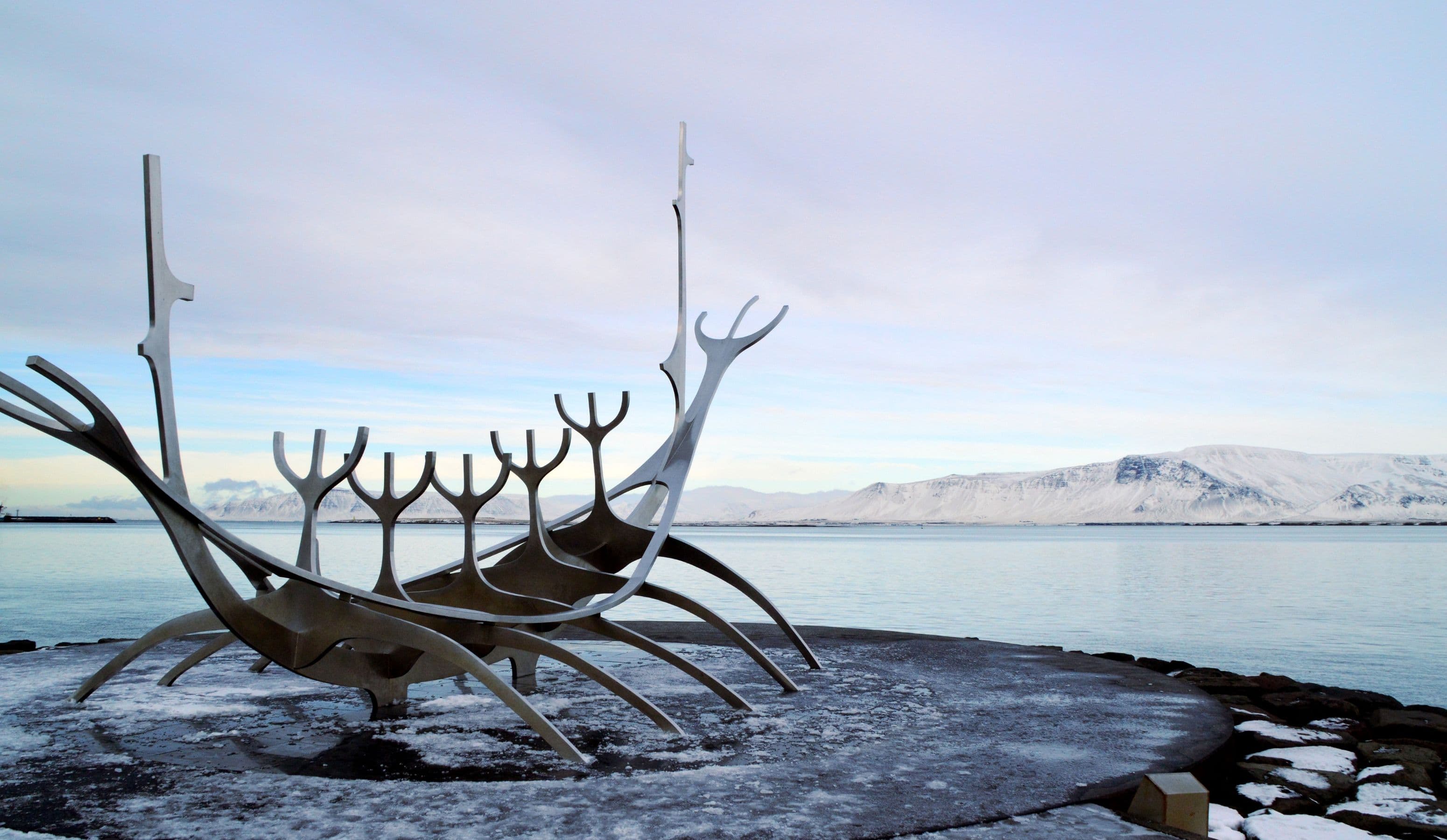
Top 10 activities in Reykjavik

Exploring Iceland's Wildlife

Hear from Our Customers
Welcome to Our Community - your hub for insightful reviews and authentic opinions. Join us in shaping the conversation where your voice matters!

